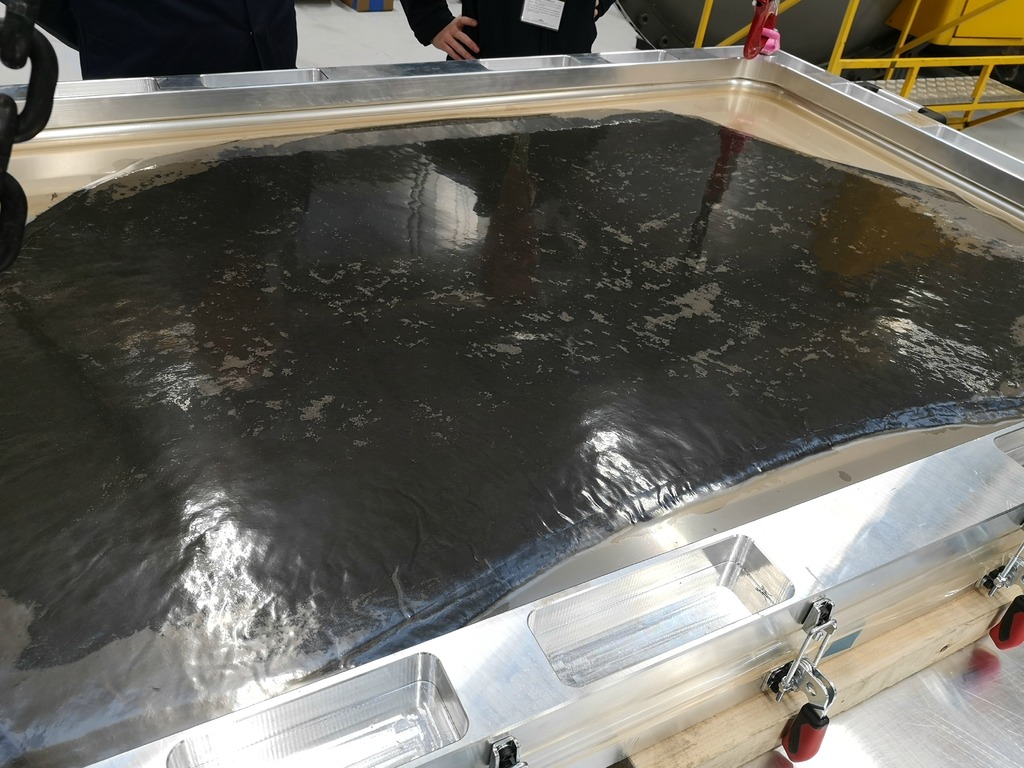
Motorsport company Prodrive Composites has been working with engineers at the University of Sheffield Advanced Manufacturing Research Centre (AMRC) to develop a way to make recyclable composite components that can satisfy end-of-life requirements without a decrease in performance.
The components do not require heat or pressure during manufacture, so there is no need for an autoclave. Instead the process, called P2T (Primary to Tertiary), uses a reactive thermoplastic resin instead of a thermosetting type, so a plastic monomer is reacted with a catalyst in the presence of the fibers to produce a cured laminate.
Prodrive says that it is the first to develop this technique with recycled fibers, and composites produced by the P2T process is that they can be recycled multiple times. At the part’s end-of-life, the fibers and potentially the resin can be recycled, supplying much of the raw material for a secondary part, such as a body panel. When the secondary part reaches the end of its life, being thermoplastic, it too can be chopped and remolded into new parts with properties suitable for 3D solid components. This tertiary part can itself be recycled several times into lower grade parts, the company says.
‘End-of-life recycling is one of the biggest debates in the composites world today,’ said John McQuilliam, chief engineer at Prodrive. ‘The issue affects automotive manufacturers and wider industries too, such as marine, where old fiberglass boats are often broken up and sent to landfill. The main barrier to recycling has been the type of resin used; thermosetting resins predominate but these cannot be readily recycled.
‘We have been working with the AMRC and a series of large trial panels have been produced using an innovative process which can readily be automated. These trials have demonstrated that recyclable composite panels can be produced at a rate and cost to suit many industries.’
This story is reprinted from material from the AMRC, with editorial changes made by Materials Today. The views expressed in this article do not necessarily represent those of Elsevier.




